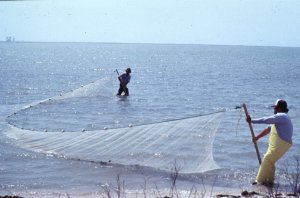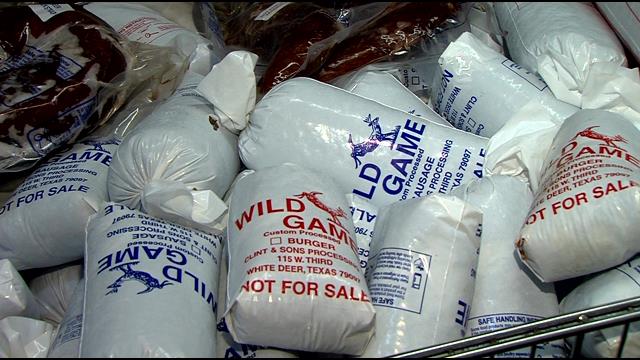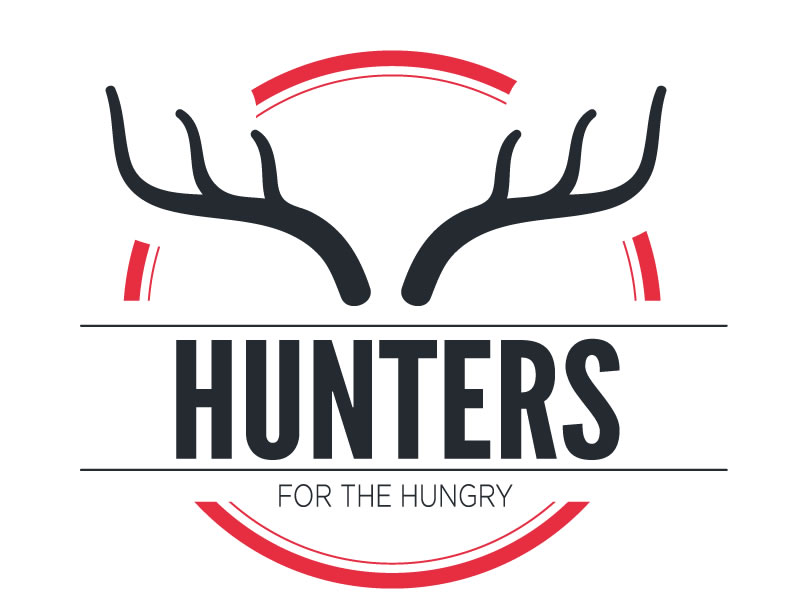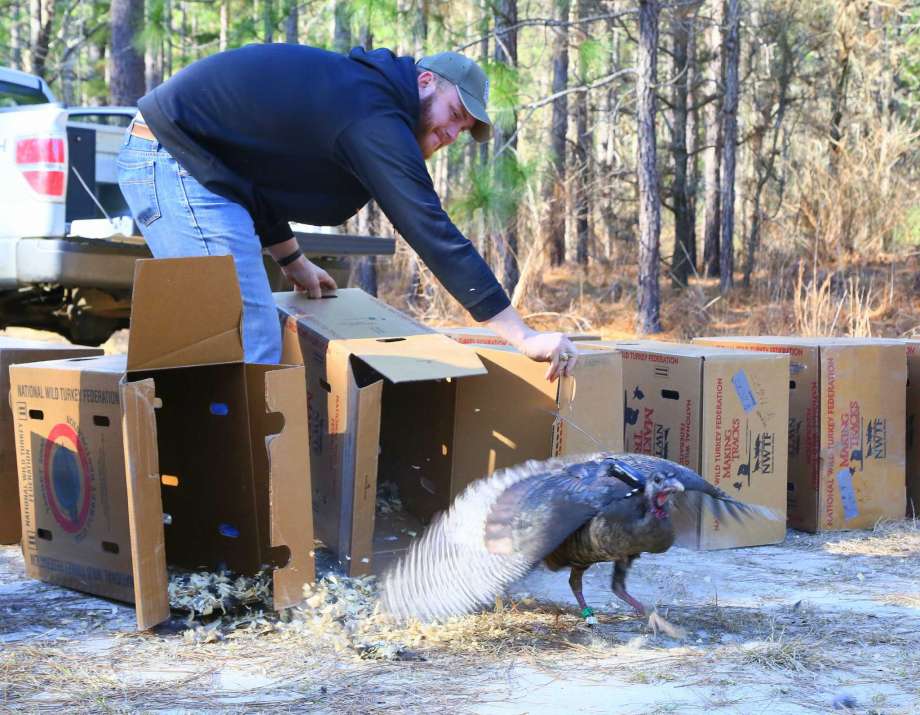Ask a Game Warden – Seafood Regulations
Monday, October 31st, 2016This is Passport to Texas Ask a Game Warden
Is it okay to sell, barter or trade your fresh gulf catch? To find out, we asked Game Warden Brandi Reeder.
Whenever you have a recreational license, those products [you harvest] are for recreational purposes [only]. At the point that you conduct a sale, barter, or exchange for some sort of gain, that is now a commercial purpose. Therefore, you must be commercially licensed.
Reeder is Assistant Commander Fisheries Law Administrator. She says anglers may purchase licenses that cover commercial harvest and sale.
There are fishermen licenses, and there are dealer licenses. And so the two are a little bit different. One authorizes—obviously—the harvest. The other would authorize the purchase for sale, and the subsequent resale.
If your license is for recreational fishing only, and your cooler runneth over after a coastal fishing trip, invite folks to the house for a meal of gulf fish, or give away some of your catch. But Game Warden Reeder says that’s all you can do legally with a recreational license.
If they are such a successful fisherman—which I have known a few—and they would like to pursue a commercial market, and possibly sell, themselves, they need to do their due diligence. And, they’re always welcome to call Parks and Wildlife law enforcement offices in order to gain more insight and information.
We have a link on passporttotexas.org where you can find additional information.
The Sport Fish Restoration program supports our series.
For Texas Parks and Wildlife…I’m Cecilia Nasti.
___________________________________
Additional Information:
Texas Commercial Fishing Guide [PDF]
Shrimp Regulations and Restrictions






 Passport to Texas is a
Passport to Texas is a  Passport to Texas is made available by:
Passport to Texas is made available by: